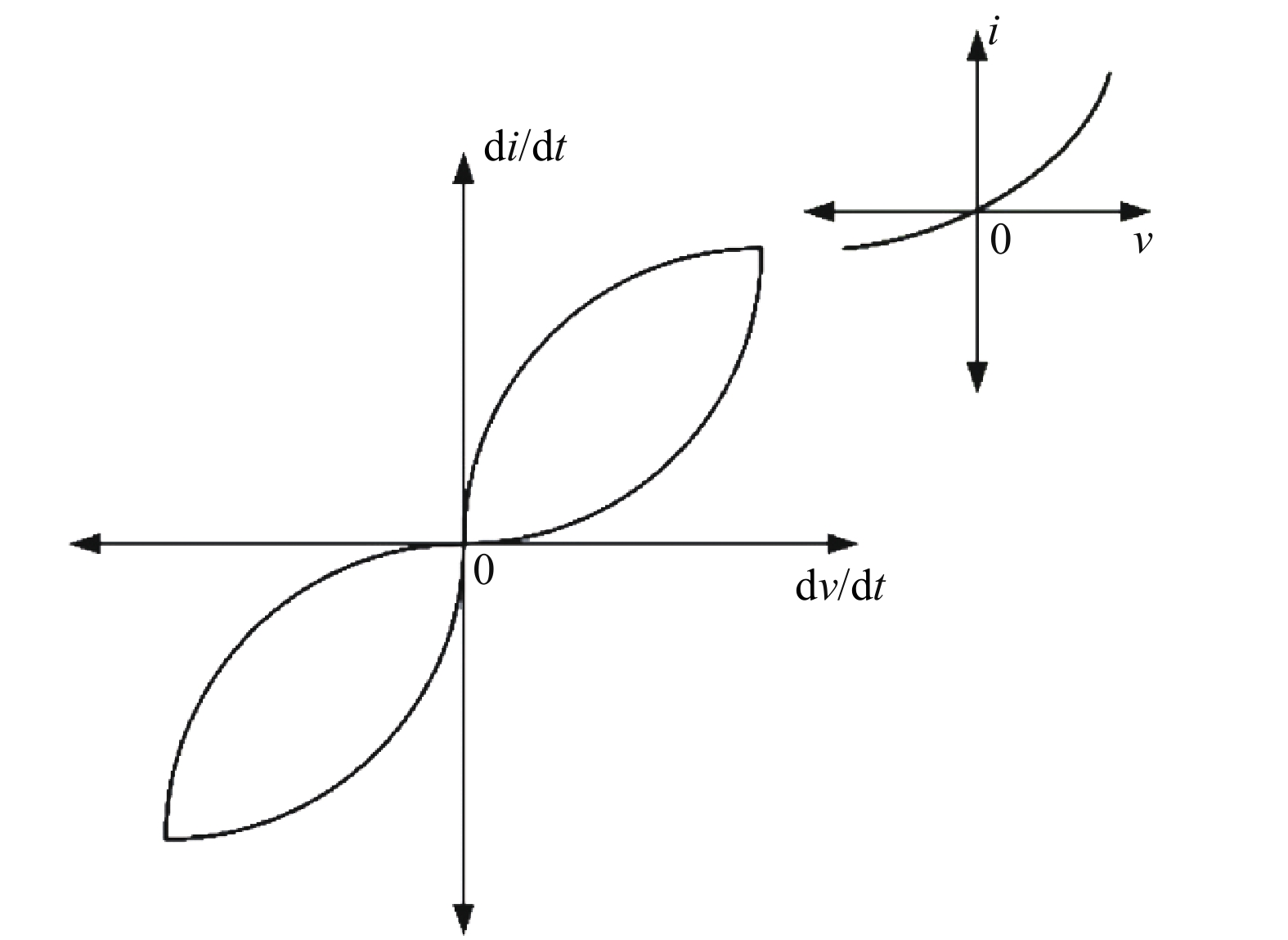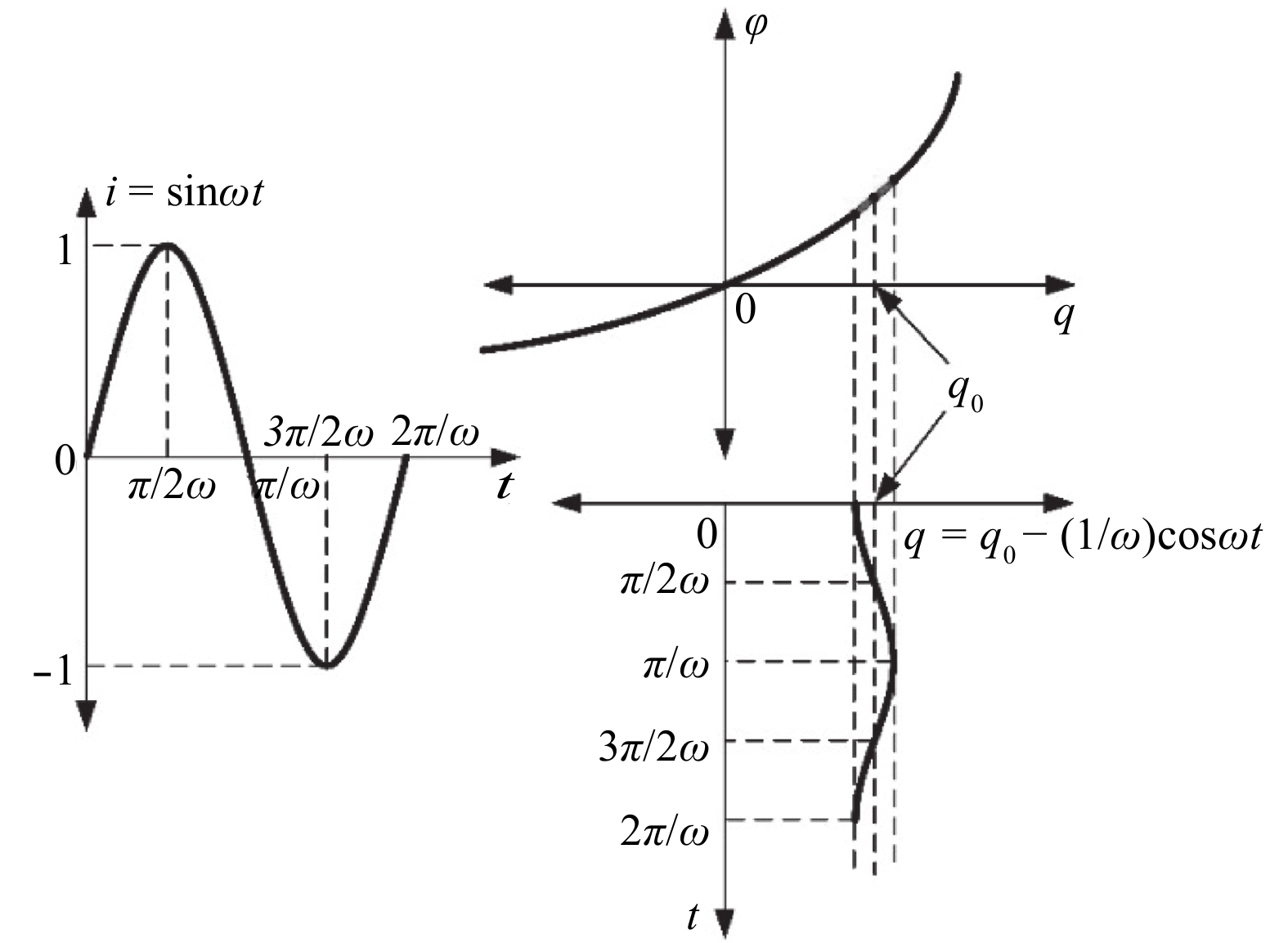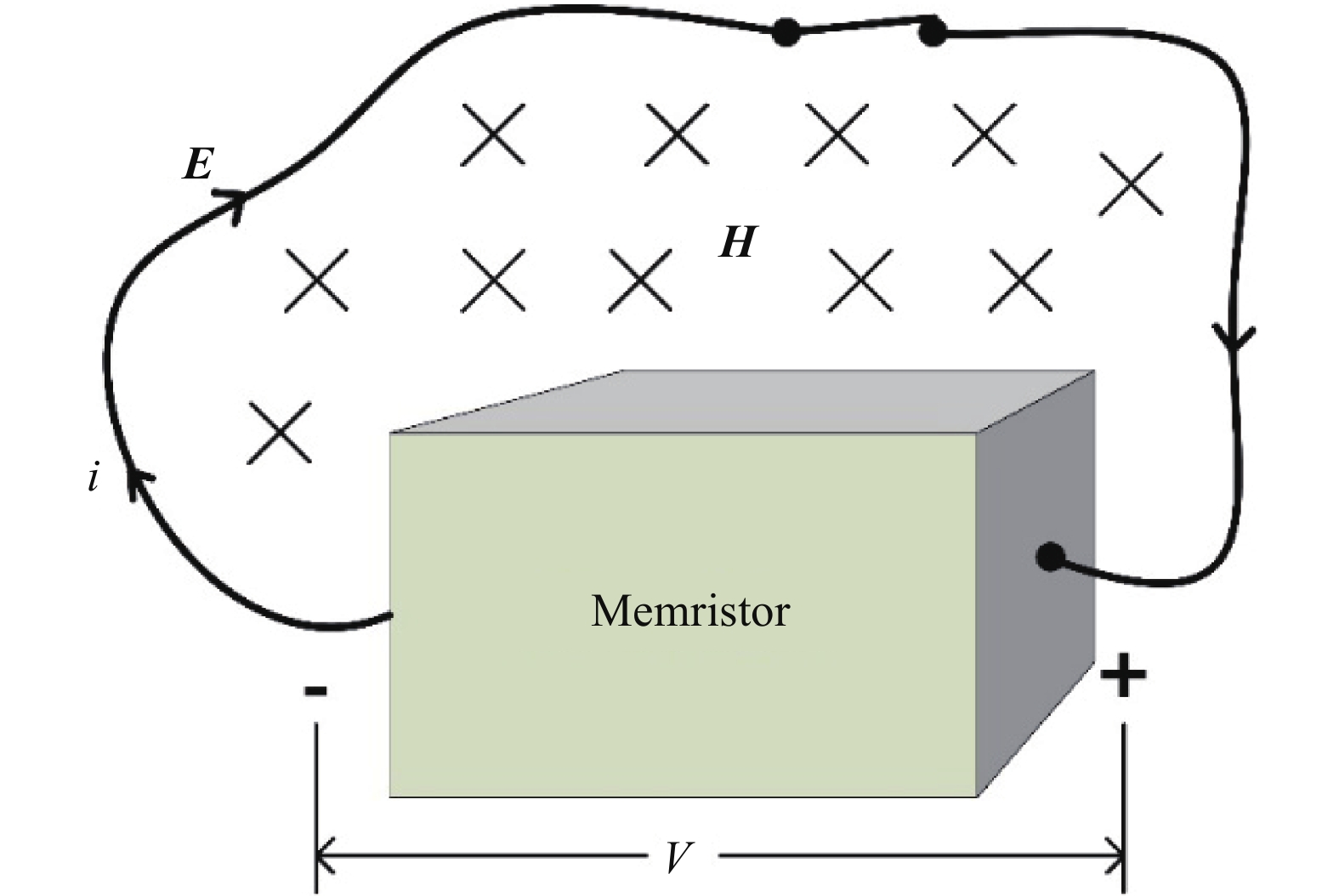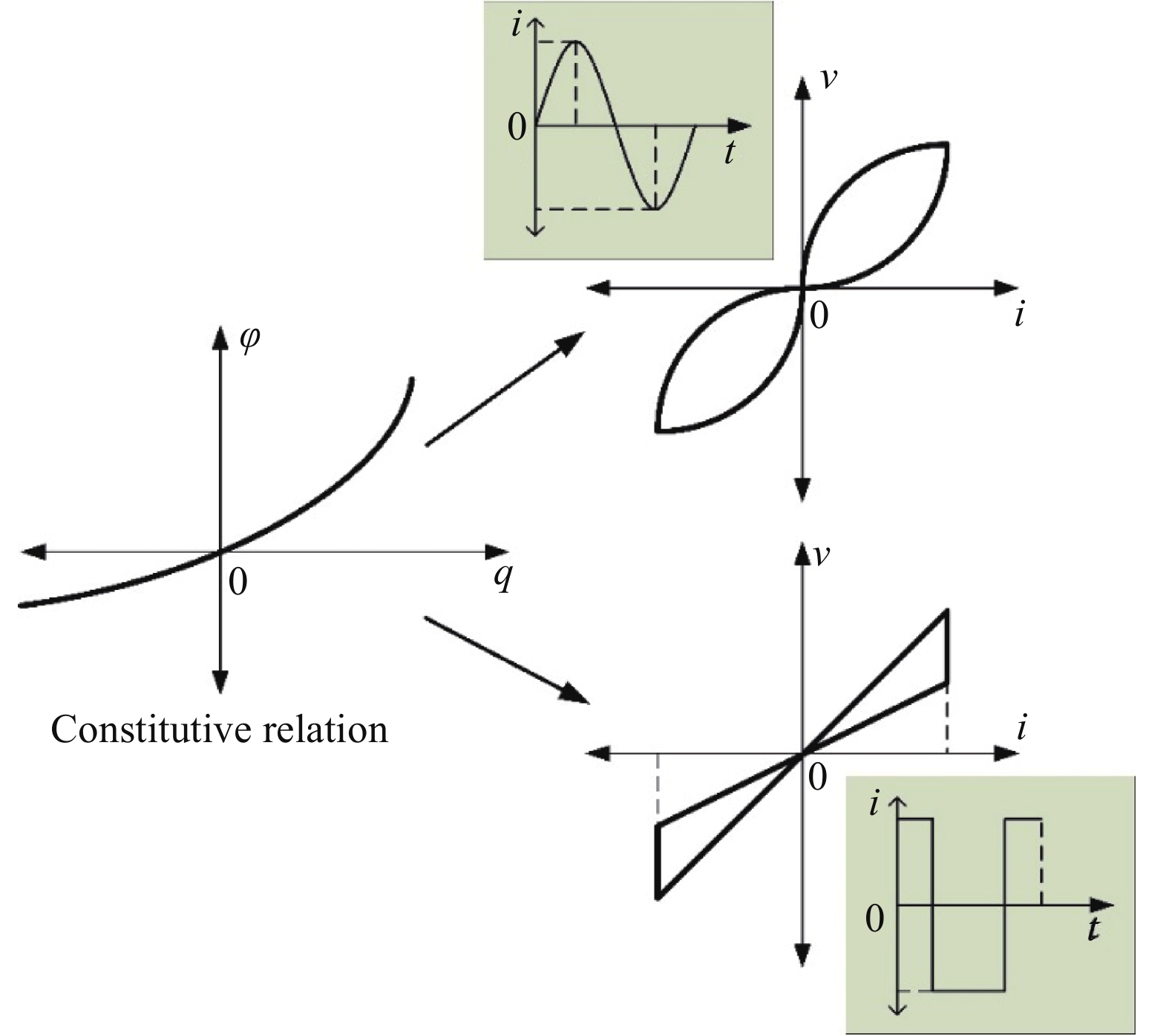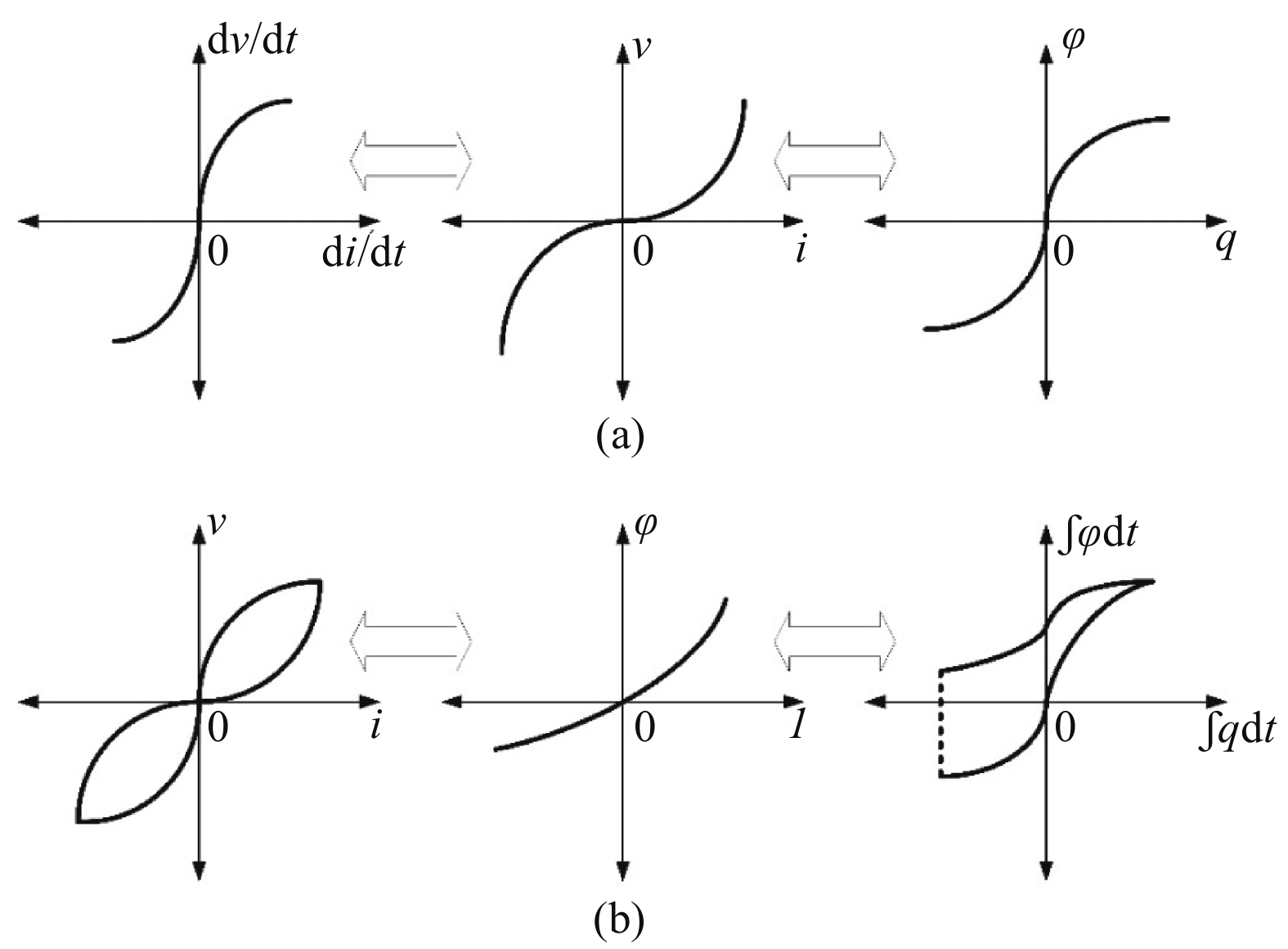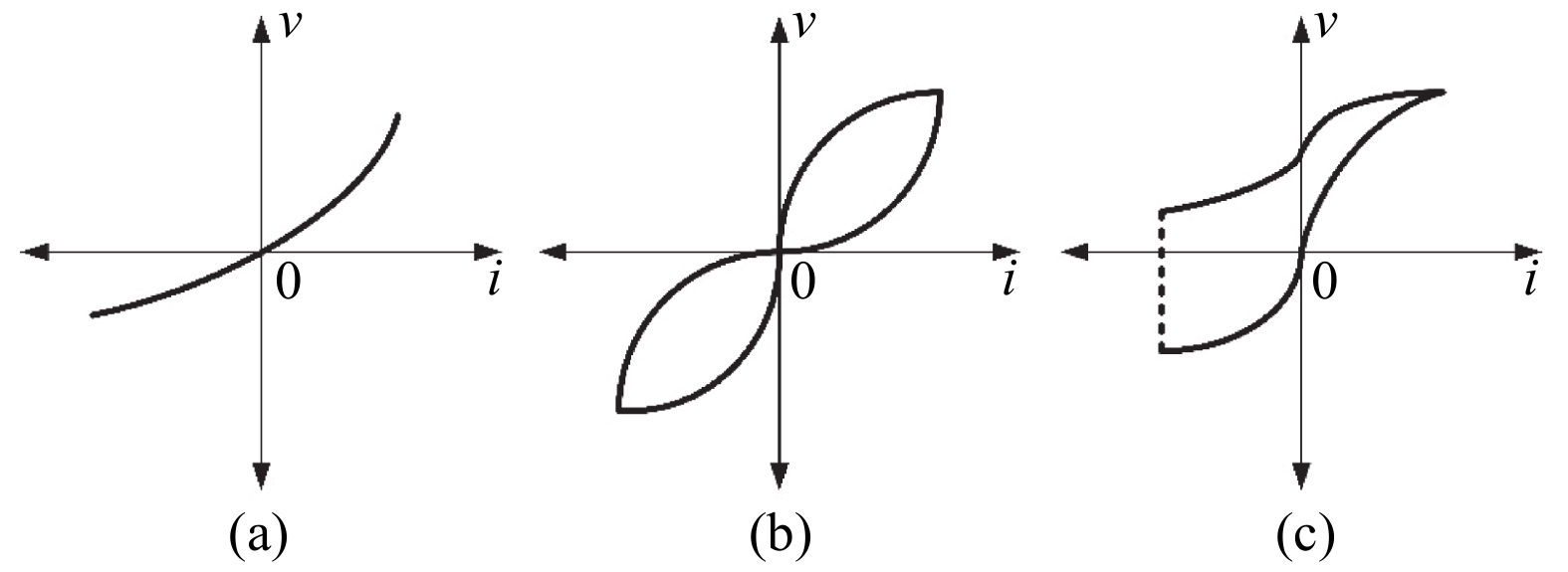| Citation: |
Wei Wu, Ning Deng. Memristor interpretations based on constitutive relations[J]. Journal of Semiconductors, 2017, 38(10): 104005. doi: 10.1088/1674-4926/38/10/104005
****
W Wu, N Deng. Memristor interpretations based on constitutive relations[J]. J. Semicond., 2017, 38(10): 104005. doi: 10.1088/1674-4926/38/10/104005.
|
Memristor interpretations based on constitutive relations
DOI: 10.1088/1674-4926/38/10/104005
More Information
-
Abstract
The attractive memristor is interpreted based on its constitutive relation. The memory property of the memristor is explained, along with the explanation on its three fingerprints: (1) Pinched hysteresis loop; (2) Hysteresis lobe area decreases as frequency increases; (3) Pinched hysteresis loop shrinks to a single-valued function at infinite frequency. Where the magnetic flux is in Strukov’s memristor is also introduced. Resistive elements including the memristor are taken as an example to argue that the constitutive relation determines the electrical property of a circuit element and diagram method is used to distinguish different elements in the resistive element series. -
References
[1] Chua L O. Memristor–The missing circuit element. IEEE Trans Circuit Theory, 1971, 18(5): 507 doi: 10.1109/TCT.1971.1083337[2] Strukov D, Snider G, Stewart D, et al. The missing memristor found. Nature, 2008, 453: 80 doi: 10.1038/nature06932[3] Ho P W C, Almurib H A F, Kumar T N. Memristive SRAM cell of seven transistors and one memristor. J Semicond, 2016, 37(10): 104002 doi: 10.1088/1674-4926/37/10/104002[4] You Z Q, Hu F, Huang L M, et al. A long lifetime, low error rate RRAM design with self-repair module. J Semicond, 2016, 37(11): 115004 doi: 10.1088/1674-4926/37/11/115004[5] Kokate P P. Memristor-based chaotic circuits. IETE Techn Rev, 2009, 26(6): 417 doi: 10.4103/0256-4602.57827[6] Jo S H, Chang T, Ebong I, et al. Nanoscale memristor device as synapse in neuromorphic systems. Nano Lett, 2010, 10(4): 1297 doi: 10.1021/nl904092h[7] Kim H, Sah M P, Yang C, et al. Neural synaptic weighting with a pulse-based memristor circuit. IEEE Trans Circuits Syst I, 2012, 59-I(1): 148[8] Shinde S S, Dongle T D. Modelling of nanostructured TiO2-based memristors. J Semicond, 2015, 36(3): 034001 doi: 10.1088/1674-4926/36/3/034001[9] Biolek Z, Biolek D, Biolkova V. SPICE model of memristor with nonlinear dopant drift. Radioengineering, 2009, 18(2): 210[10] Kumar A, Baghini M S. Experimental study for selection of electrode material for ZnO-based memristors. Electron Lett, 2014, 50(21): 1547 doi: 10.1049/el.2014.1491[11] Ho P W C, Hatem F O, Almurib H A F, et al. Comparison between Pt/TiO2/Pt and Pt/TaOX/TaOY/Pt based bipolar resistive switching devices. J Semicond, 2016, 37(6): 064001 doi: 10.1088/1674-4926/37/6/064001[12] Adhikari S P, Sah M P, Kim H, et al. Three fingerprints of memristor. IEEE Trans Circuits Syst I, 2013, 60(11): 3008 doi: 10.1109/TCSI.2013.2256171[13] Chua L O. Nonlinear circuit foundations for nanodevices I: the four-element torus. Proc IEEE, 2003, 9(11): 1830 doi: 10.1109/JPROC.2003.818319[14] Wang F Z. A triangular periodic table of elementary circuit rlements. IEEE Trans Circuits Syst I, 2013, 60(3): 616 doi: 10.1109/TCSI.2012.2209734[15] Kuzum D, Yu S, Wong H S. Synaptic electronics: materials, devices and applications. Nanotechnology, 2013, 24(38): 382001 doi: 10.1088/0957-4484/24/38/382001 -
Proportional views





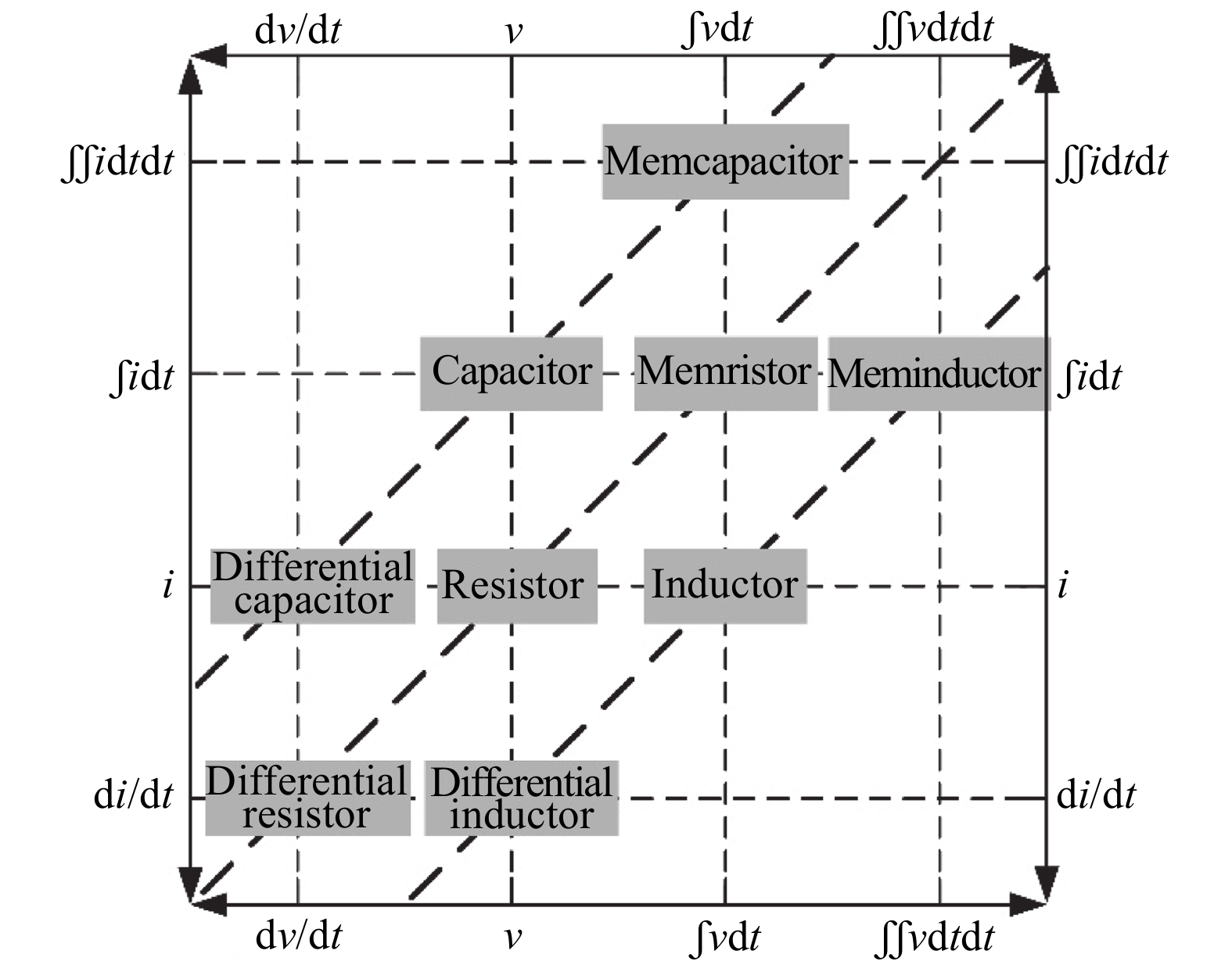
 DownLoad:
DownLoad:
